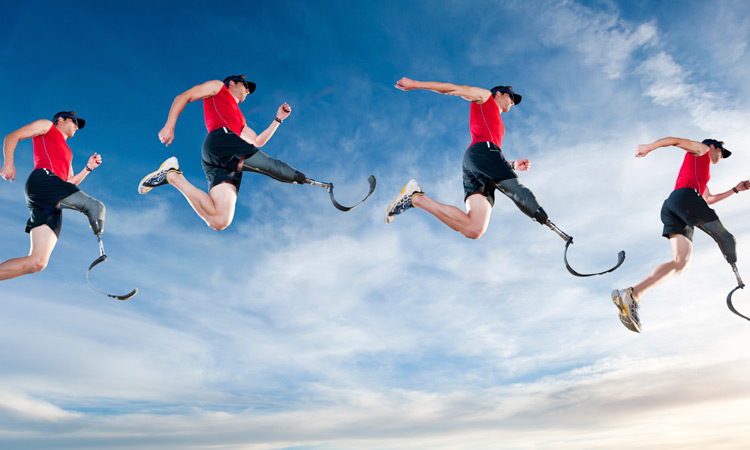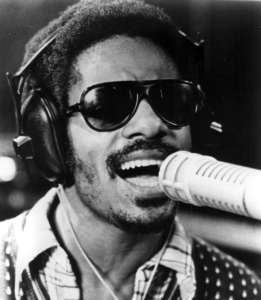 In our social media-driven society, there’s a day for just about anything and everything, from silly to serious. And this is one that is important: The International Day of Persons with Disabilities.
In our social media-driven society, there’s a day for just about anything and everything, from silly to serious. And this is one that is important: The International Day of Persons with Disabilities.
If you’re anything like me, you may not be aware that such a day exists. However, its significance applies to both disabled and able-bodied citizens. To learn more about the day and how to participate, we spoke with the United Nations Department of Information.
The New York headquarters of the United Nations will host an array of events on December 3, 2015, including a film festival, photo exhibition, art exhibition and panel discussions. Even if you are not located in New York, you can explore and participate by commemorating the date within your local community.
New York Events:
The United Nations Enable Film Festival (UNEFF) presents disability-related films, highlighting: an emerging or overlooked disability issue, human diversity or presenting a disability perspective in a larger societal context or in diverse geographic and regional settings.

This year’s UN Enable Photo Exhibition “Images of Ability” is geared to help change misperceptions and counteract stereotyping those with disabilities. It will also promote a better understanding about disability issues.
The Art Exhibition will include Like Wildflowers, Like Stars and Korea Differently Abled Federation (KODAF) with the Permanent Mission of the Republic of Korea; an evening reception hosted by the Mission of Republic of Korea will follow the exhibition.
Out of Town Events:
The United Nations offers the following guidelines for those wanting to organize events within their local communities: Hold forums, public discussions and information campaigns in support of the themes of including and empowering persons of all abilities to develop and be fully included in their local communities. Celebrate by planning performances that showcase contributions made by persons with disabilities as agents of change in the communities in which they live. Create opportunities to help realize their potential, through music, sport, academia or interpersonal skills. Suggest and work with local political leaders, businesses, academic institutions or cultural centers.
Fact Check
Fact 1. It’s not new: The International Day of Persons with Disabilities (IDPD) has been around for more than a decade, having begun in 1992.
Fact 2. Social theory: The day aims to raise awareness about issues faced by those with disabilities. The belief is that having the right to participate in public life is essential in the creation of stable democracies, active citizenship and the reduction of societal inequalities. Persons with disabilities must be able to fulfill their role in society and participate on an equal basis with others; the importance is to focus on the ability and not on the disability of an individual.
Fact 3. Current focus: Inclusion is the theme for 2015. Supporting the inclusion of persons with disabilities in society promotes empowerment for people of all abilities, creating opportunities. By preparing people to take advantage of opportunities, they become agents of change and can more readily embrace civic responsibilities.
Fact 4. Global concern: According to current estimates by the United Nations, about 15% of the world’s population has disabilities. That translates to one billion people or one out of seven people. Approximately 80% of them live in developing countries; and more than 100 million disabled persons are children.

Fact 5. Celebrity status: Stevie Wonder, Grammy Award-winner singer-songwriter, was designated in 2010 as United Nations Messenger of Peace with a focus on persons with disabilities.
Fact 6. Risky business: People with disabilities are at much higher risk of violence. For example, children with disabilities are almost four times more likely to experience violence than non-disabled children. Adults with some form of disability are 1.5 times more likely to be a victim of violence than those without a disability. Adults with mental health conditions are at nearly four times the risk of experiencing violence.
Fact 7. Convention invention: In 2006, the Convention on the Rights of Persons with Disabilities was adopted at the United Nations Headquarters in New York. The Convention was open for signatures on March 30, 2007. There were 82 signatories to the Convention, 44 signatories to the Optional Protocol, and one ratification of the Convention. This is the highest number of signatories in history to a UN Convention on its opening day. The Convention is the first comprehensive human rights treaty of the 21st century and is the first human rights convention to be open for signature by regional integration organizations. The Convention entered into force on May 3, 2008. Currently, 160 countries have ratified the Convention.
If you’re interested in participating or submitting content, visit un.org/disabilities for further information.
Click here to find out about Rose’s thoughts on wellbeing and health


